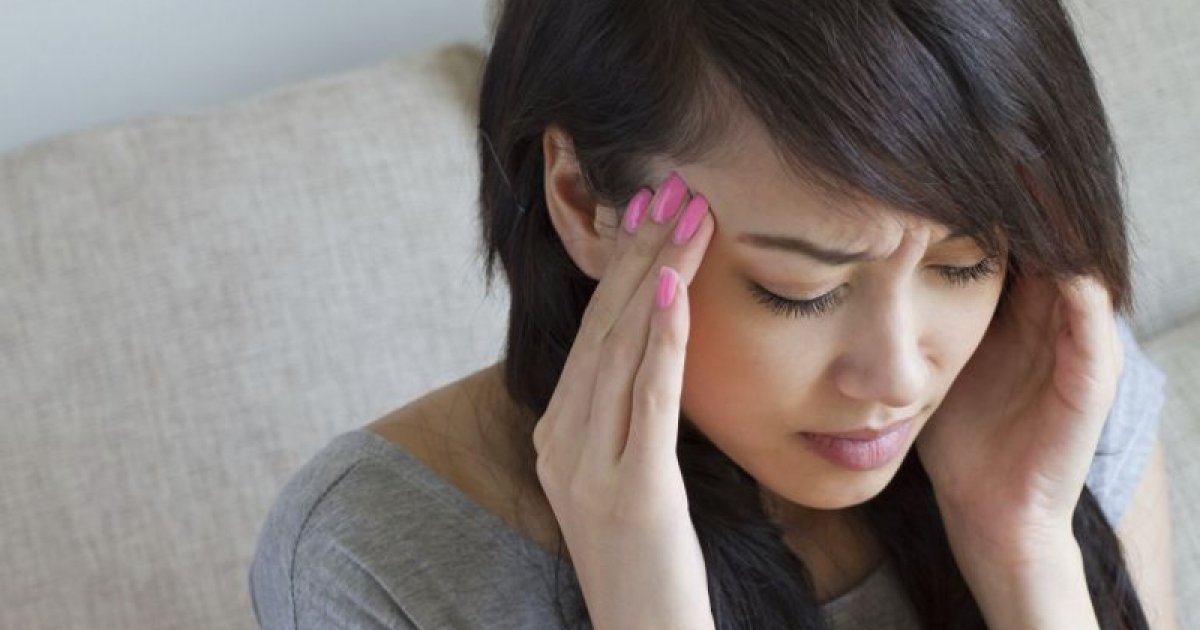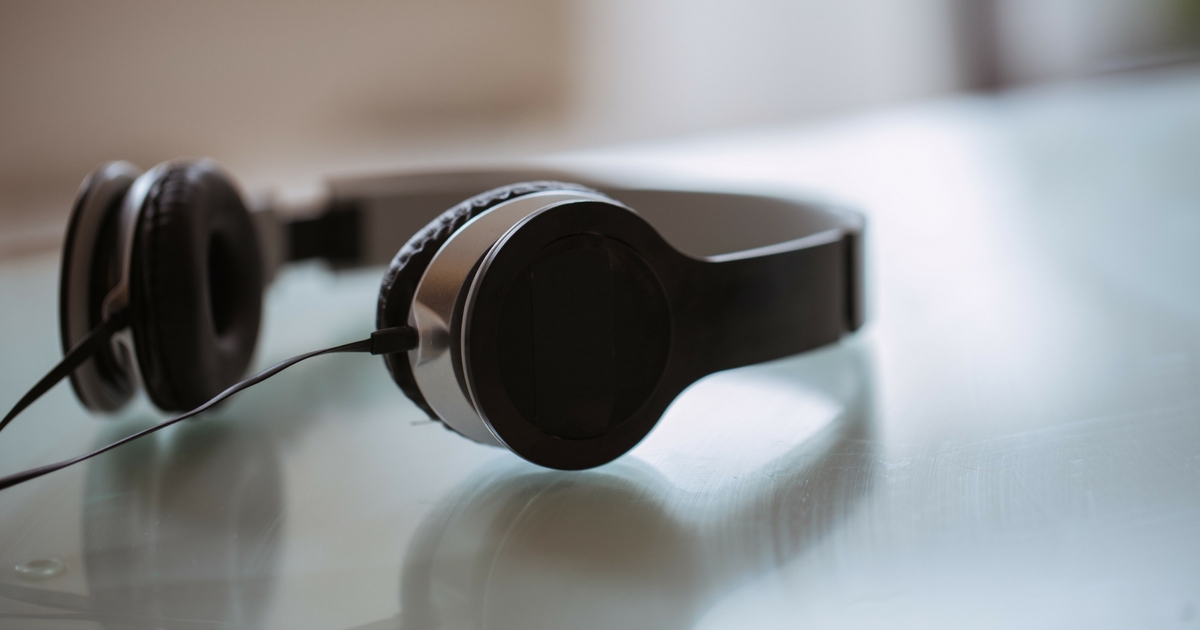Ways To Treat And Prevent Hyperacusis
When someone has hyperacusis, sounds appear to be much louder than they actually are. Some individuals can experience pain when the sounds they hear are perceived to be too loud. This condition only affects approximately one in fifty thousand, so it is relatively rare. Both adults and children can develop it, and the most common cause is cochlear damage. Many factors can damage this ear structure, such as rock concerts, airbag deployment, gunfire, and fireworks. There are different therapies someone can explore to help them to cope with this condition. There are also methods to prevent it.
Treatment For An Underlying Medical Condition

In some cases, an underlying medical condition causes hyperacusis. Conditions, such as Lyme disease, depression, migraine headaches, Meniere’s disease, and certain types of epilepsy may have this issue as a symptom. Administering the proper treatments for these conditions may help to alleviate the sensitivity to sound. When treating the underlying cause, patients might also need treatments aimed specifically at their hearing sensitivity. It might also be recommended for them to use methods to protect their ears from additional damage while receiving treatment for an underlying medical condition.
Sound Therapy

Sound therapy is also called sound desensitization. The purpose of this therapy is to make it easier for patients to cope with sound. They will work with a trained therapist for this so the treatment is tailored specifically for the patient in question. Every day for a specific period, patients will listen to sounds. Initially, the sounds are relatively quiet, and as tolerance to sound builds, patients will listen to louder sounds. In most cases, this therapy is delivered through a special device worn on both ears. The sound typically does not cause pain since it is similar to static. It can take up to a year to achieve the full benefit.
Cognitive Behavioral Therapy

Cognitive behavioral therapy might be helpful for this condition, especially if depression or post-traumatic stress disorder is the underlying cause. This type of therapy involves talking with a mental health counselor. It can help patients better manage their mental and physical symptoms. Patients learn about ways to cope with stress so it does not impact them as severely.
The first session typically involves the therapist getting to know more about the patient and their condition. The following sessions go deeper to help the patient to learn about coping skills for this condition and any underlying condition that might be contributing to the hearing sensitivity.
Listening To Music At A Reduced Volume

Listening to music at a reduced volume is important. There are hair cells in the ears that move and produce an electrical signal. This signal is then carried to the brain via the auditory nerve. When someone is exposed to very loud music, or other loud noises, it can cause damage to these hair cells. Once these cells are dead, they will not grow back, so this can result in long-term hearing difficulties.
When listening to music, if someone is listening for a prolonged period, eighty-five decibels is enough to cause damage to the hair cells. Ideally, individuals should listen to music at about sixty decibels. This is not loud, but the sound is high enough to ensure the listener can adequately hear the music.
Wearing Ear Protection In High-Risk Scenarios

If the environment someone is in will exceed eighty-five decibels, it is important to use ear protection the entire time. Wearing ear protection in high-risk scenarios helps to prevent damage to the hair cells. There are several ear protection types, with earmuffs and earplugs being the primary options. In most cases, earplugs offer a little more protection than earmuffs. However, earmuffs tend to be easier to wear. What is most important is that someone chooses a type of ear protection they are actually going to wear. It is imperative that it fits snugly around or in the ears, depending on the type.